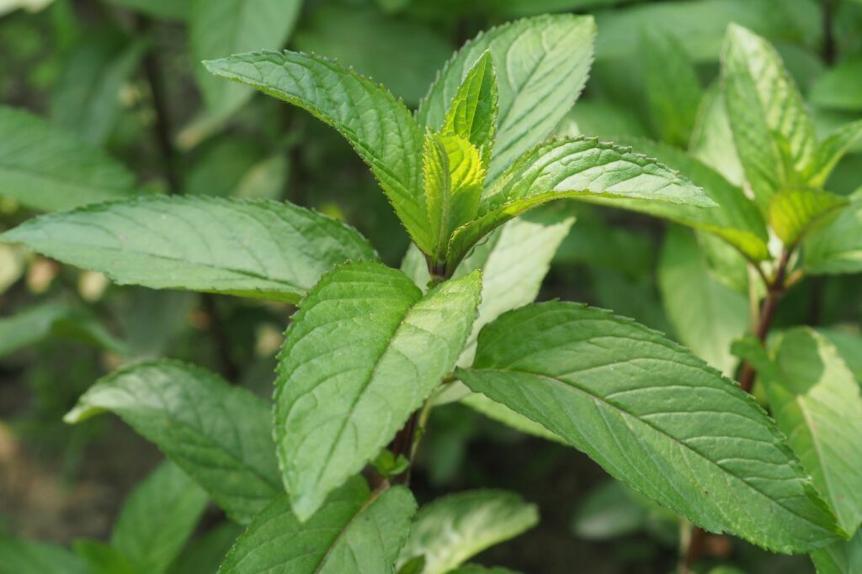Peppermint Plant
Peppermint (Mentha piperita) is a perennial herb growing 1-3 ft tall, hardy in USDA Zones 3-11, prefers moist, fertile soil, part shade to full sun, high moisture, edible, and has medicinal uses.

Habit
Perennial
Height
0.3 to 0.5 m
Growth
Fast
Soil
Well-drained, Sandy Loam
Shade
Part shade to full sun
Moisture
High
Edible
Yes
Medicinal
Yes
Origin
Europe, Asia
Climatic Condition
Temperate, Subtropical
Temperature (°)
15°C to 25°C
Humidity (%)
50% to 70%
Potting media
50% Loam, 40% Sand, 10% Organic Matter
Fertilizers
Organic Fertilizer
Watering
Regular watering
Plant Weight
0.2 to 0.5 kg
Flowering Time
Spring to Summer
Soil Ph level
6.0 to 7.5
Water Ph level
6.0 to 7.0
Soil EC
0.5 to 0.8 mS/cm
Yield Per Plant
2 to 3 kg per plant
NPK ratio
4:03:02
life Span
2 to 3 years
Health Benefits
Medicinal, Aromatic
Suggested Grow Media or Potting Mix ?
50% loamy soil, 30% compost, 20% sand
Suggested Fertigation/Fertilizers
Fertilize every 4 weeks with a balanced, water-soluble fertilizer.
Common Diseases and Remedies
Powdery Mildew, Rust, Root Rot, Verticillium Wilt, Mint Aphid Infestation
White powdery coating on leaves, Orange pustules on leaves, Wilting, yellowing leaves, root decay, Wilting, yellowing leaves, vascular discoloration, Yellowing leaves, stunted growth, presence of aphids
Apply sulfur or neem oil, Increase air circulation, use compost tea, Improve drainage, apply compost tea, Prune affected branches, improve soil health, Introduce beneficial insects, neem oil
Systemic fungicides like myclobutanil, Fungicides containing chlorothalonil, Fungicide application, Fungicides with thiophanate-methyl, Insecticidal soap, systemic insecticides
HEALTH BENEFITS
· Helps relieve digestive issues like bloating, nausea, and indigestion.
· Has antibacterial and antiviral properties, supporting immunity.
· Contains menthol, which provides relief from colds and headaches.
Used in aromatherapy for stress reduction and mental clarity.

